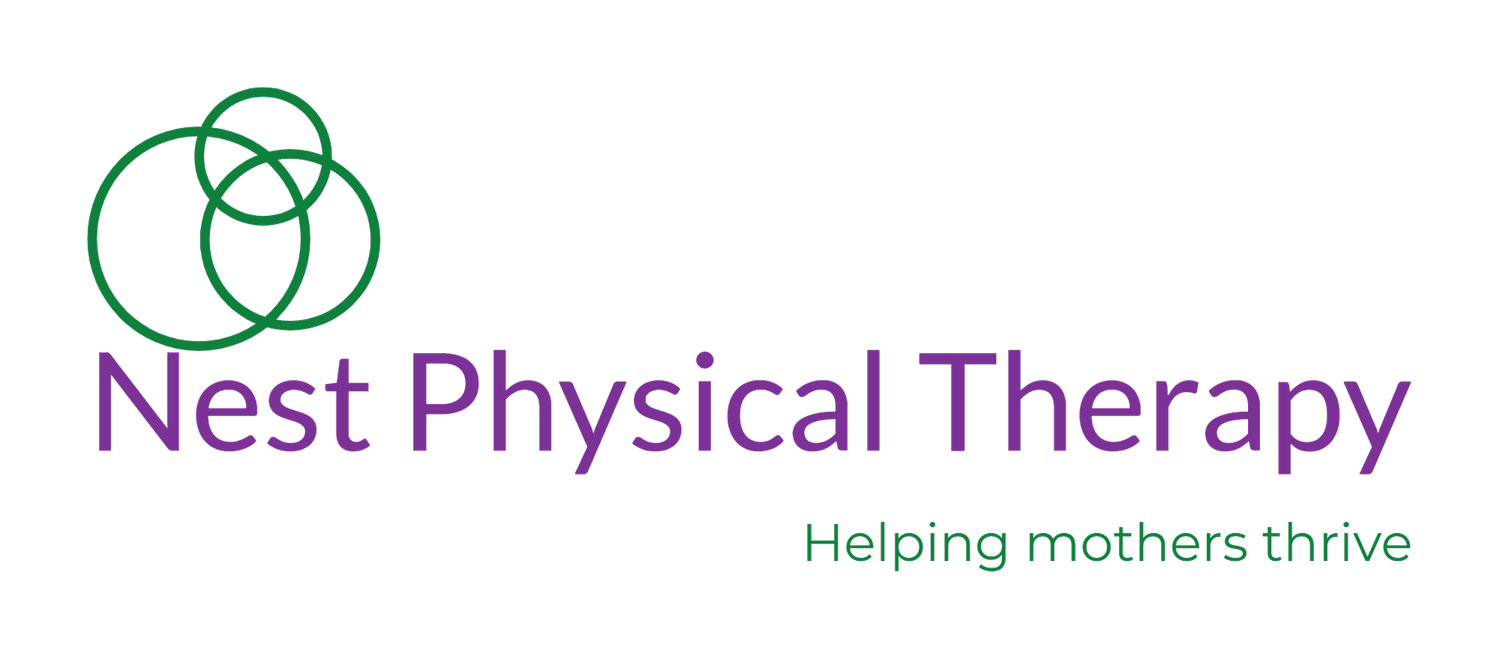#14 Breathing for Birthing
After all this time, it’s finally time to push! But wait, HOW do you push a baby out of a small opening? Let’s talk about breathing for birthing.
There are two ways to breathe in those final minutes (hours) of labor. Open glottis pushing or closed glottis pushing. Glottis refers to the opening to your windpipe. The epiglottis is the flappy membrane that closes off your windpipe when you swallow so you don’t choke on your food. When you do closed glottis breathing for birthing, you push the soft part in the back of your throat back, hold your breath and bear down hard. This creates a strong force downward to help push your baby out. It’s a strong, effective way to push but puts tremendous stress on your perineal tissues and is quite exhausting. However, closed glottis breathing may be directed or coached by your provider if the baby is showing signs of discomfort. Closed glottis breathing may sound strained, very high pitched or no sounds because you are holding your breath.
Conversely, open glottis breathing is just the opposite. You inhale and think about lengthening your pelvic floor, then exhale as you gently bear down. It is a less effective push but gentler on the perineum and a less exhausting way to push. Open glottis breathing often sounds airy like mooing, humming or moaning and is the preferred method to reduce the risk of perineal tears or postpartum issues such as incontinence and prolapse.
Lamaze and other childbirth educators encourage birthing people to listen to their body and breathe during pushing in a way that feels intuitive and appropriate at the time. You may be coached “Slow, blow, and breathe the baby out.” Or you may be coached with counting and breath holding. Both breathing techniques are good to practice before labor and remember to honor your body, know your choices and do what feels right when it’s time to meet your baby.
